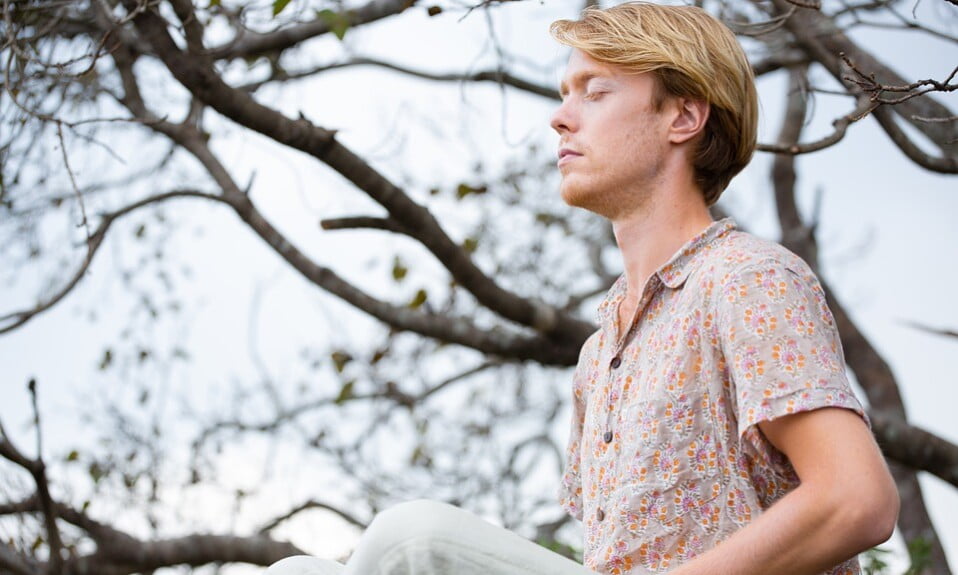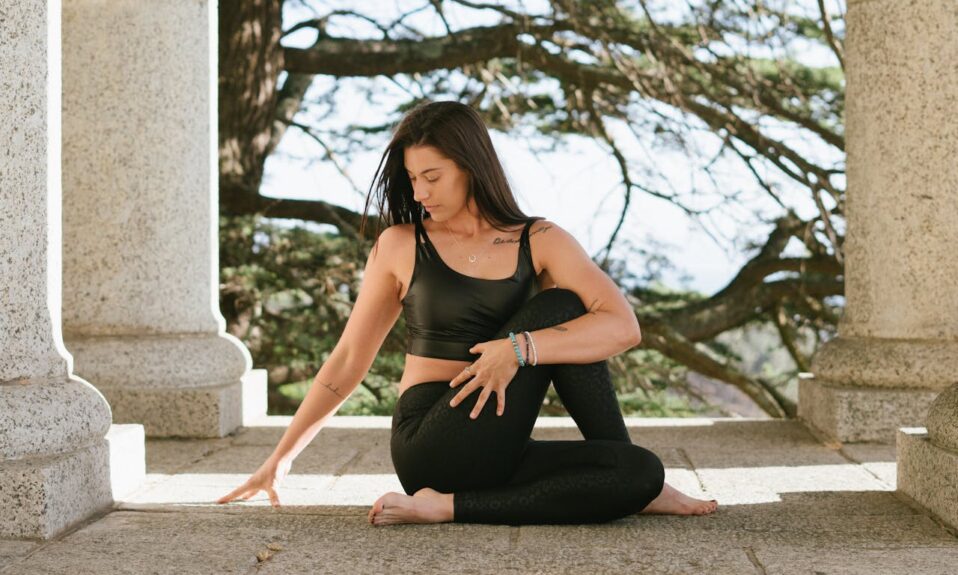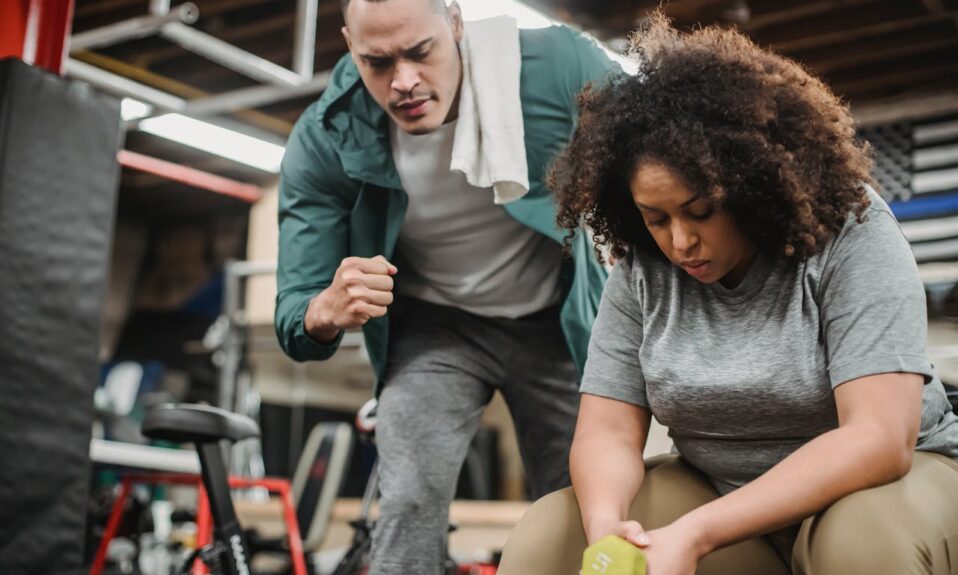Yoga has become a popular practice for both physical and mental well-being. After a yoga class, many people experience what is commonly referred to as “the after-yoga glow.” In this article, we will explore just how it feels to step out of a yoga class, the physical and mental benefits, and how it can impact your overall well-being. From increased energy levels to a sense of calm and relaxation, the after-yoga glow is a real and tangible experience for many yoga practitioners.
How Does the After-Yoga Glow Feel?
Stepping out of a yoga class can often leave you with a sense of lightness and ease. Many people describe the after-yoga glow as a feeling of both physical and mental rejuvenation. Physically, you may feel a sense of release in your muscles, as well as increased flexibility and strength. Mentally, the practice of yoga encourages mindfulness and present-moment awareness, which can lead to a feeling of calm and contentment. This combination of physical and mental benefits is what creates the after-yoga glow that so many practitioners experience.
After a yoga class, you may also notice an increase in energy levels and overall well-being. This can be attributed to the release of endorphins during physical activity, as well as the relaxation and stress-reducing benefits of yoga. The after-yoga glow is often described as a positive and serene feeling that can last for some time after the class has ended.
What Are the Physical Benefits of the After-Yoga Glow?
The physical benefits of the after-yoga glow are numerous. Regular practice of yoga can lead to increased strength, flexibility, and balance. These physical benefits can translate into improved posture, reduced risk of injury, and a greater overall sense of physical well-being. Additionally, the physical release of tension and tightness in the muscles during a yoga class can leave you feeling lighter and more agile after the practice.
Many people also experience a reduction in physical ailments such as chronic pain, headaches, and stiffness after a yoga class. The focus on mindful movement and breath during yoga can also lead to improved circulation and a heightened sense of bodily awareness. All of these physical benefits contribute to the after-yoga glow and leave you feeling more comfortable and at ease in your own body.
What Are the Mental Benefits of the After-Yoga Glow?
Yoga is not only beneficial for physical health but also for mental well-being. The after-yoga glow often includes a sense of mental clarity and peace. The practice of yoga encourages mindfulness, which can lead to decreased stress and anxiety. Many people find that the after-yoga glow leaves them feeling more centered and present, with a greater ability to handle the challenges of daily life.
Additionally, the practice of yoga can help to improve mood and overall mental health. The release of endorphins during physical activity can lead to a natural “high” and an increased sense of well-being. The after-yoga glow is often described as a feeling of contentment and happiness, which can have lasting effects on your mental state long after the practice has ended.
How Can the After-Yoga Glow Impact Overall Well-Being?
The after-yoga glow can have a significant impact on your overall well-being. The combination of physical and mental benefits can lead to an increased sense of vitality and happiness. Regular practice of yoga and experiencing the after-yoga glow can contribute to greater levels of resilience, decreased levels of stress, and improved overall quality of life. The after-yoga glow can also improve your relationships and ability to manage the various demands of your life with greater ease and grace.
Furthermore, the after-yoga glow can lead to increased self-awareness and a greater sense of connection to yourself and those around you. This can result in improved emotional intelligence and a deeper sense of purpose and fulfillment. The after-yoga glow is a reminder of the positive impact that yoga can have on your life, both physically and mentally.
Conclusion
The after-yoga glow is a tangible and real experience for many practitioners of yoga. The combination of physical and mental benefits can leave you feeling lighter, more energized, and at peace after a yoga class. From increased strength and flexibility to decreased stress and anxiety, the after-yoga glow can have a profound impact on your overall well-being. By incorporating regular yoga practice into your routine, you can experience the after-yoga glow and all of its benefits for yourself.
FAQs
What is the after-yoga glow?
The after-yoga glow is the feeling of physical and mental rejuvenation that many people experience after a yoga class. It is often described as a sense of lightness and ease, accompanied by increased energy levels and a feeling of contentment.
How long does the after-yoga glow last?
The after-yoga glow can last for varying lengths of time, depending on the individual. For some, it may last for a few hours after the class, while for others, the effects can be felt for the rest of the day. Regular practice of yoga can lead to a more sustained after-yoga glow over time.
Can anyone experience the after-yoga glow?
Yes, the after-yoga glow is not exclusive to experienced yoga practitioners. Anyone can experience the after-yoga glow, regardless of their level of experience with yoga. The combination of physical and mental benefits of yoga can lead to the after-yoga glow for all practitioners.
What are the benefits of the after-yoga glow?
The after-yoga glow can lead to increased strength, flexibility, and mental clarity. It can also reduce stress, anxiety, and physical ailments such as chronic pain and headaches. The after-yoga glow can have a profound impact on overall well-being and quality of life.
How can I experience the after-yoga glow for myself?
To experience the after-yoga glow, you can incorporate regular yoga practice into your routine. Choose a style of yoga that resonates with you and attend classes consistently. The combination of physical movement, breath, and mindfulness in yoga can lead to the after-yoga glow and its many benefits.




